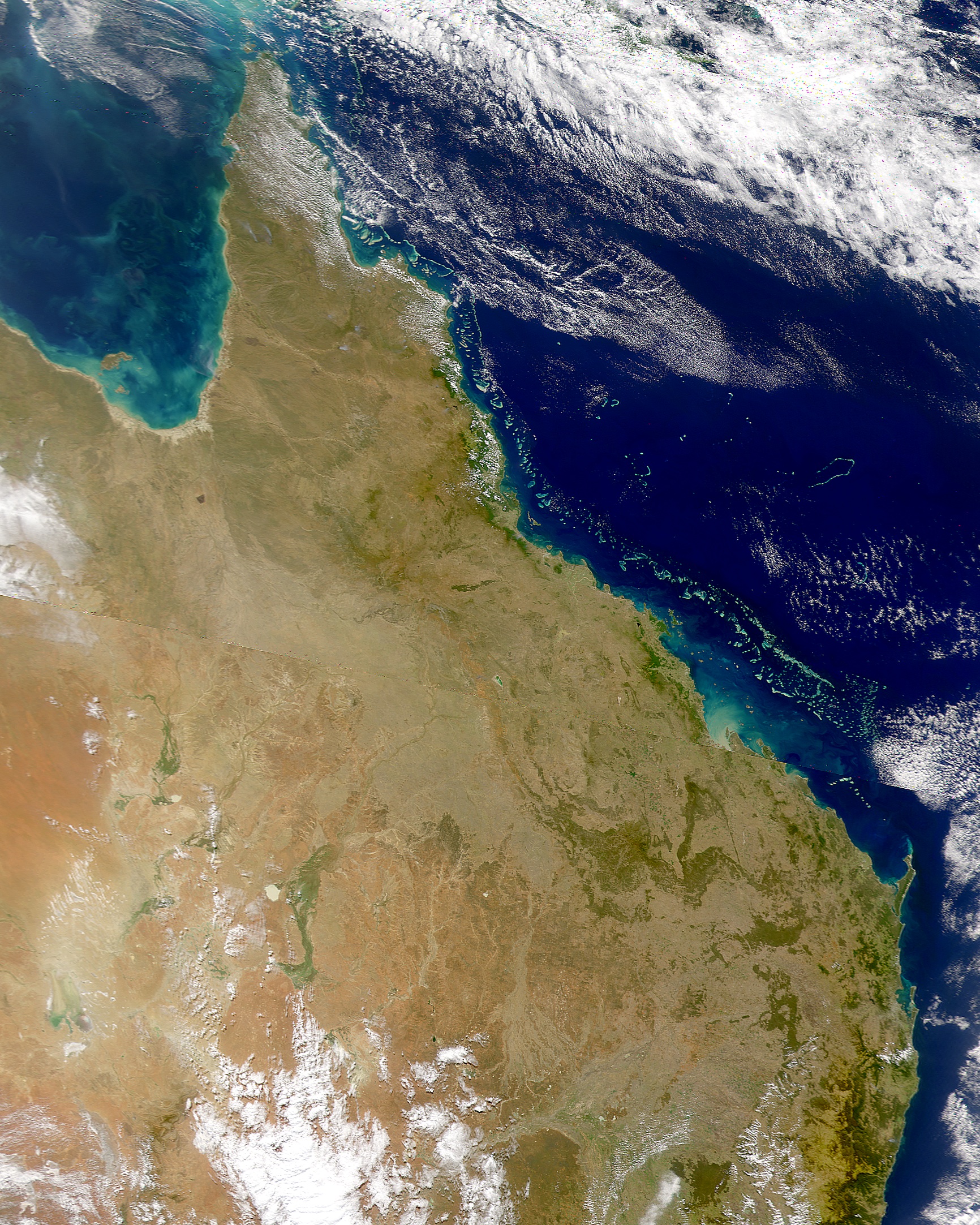Photo Gallery

courtesy of NASA, CC BY

What are reefs and how have they changed over time?
The word reef comes from the Old Norse Word “rif” which meant any rib of land that stuck out in the water. Today different people use the word "reef" in different ways. To sailors and on nautical maps, it refers to any obstruction on the seafloor that might cause a ship to run aground. Fishermen refer to any build up on the seafloor where fish might congregate. However for biologists reefs are organic structures build up by living animals from the sea floor. A reef is a structure built by organisms that rises above the surrounding seafloor. Reefs throughout geologic history share a common set of environmental features. Reefs are built in warm shallow seawater in the tropics and subtropics. Reefs occur only in waters that are relatively free of suspended, land-derived sediment, which allows sunlight to penetrate to the reef surface, permitting photosynthetic organisms to live. Reefs are characterized by high biodiversity and include five major types of organisms.
